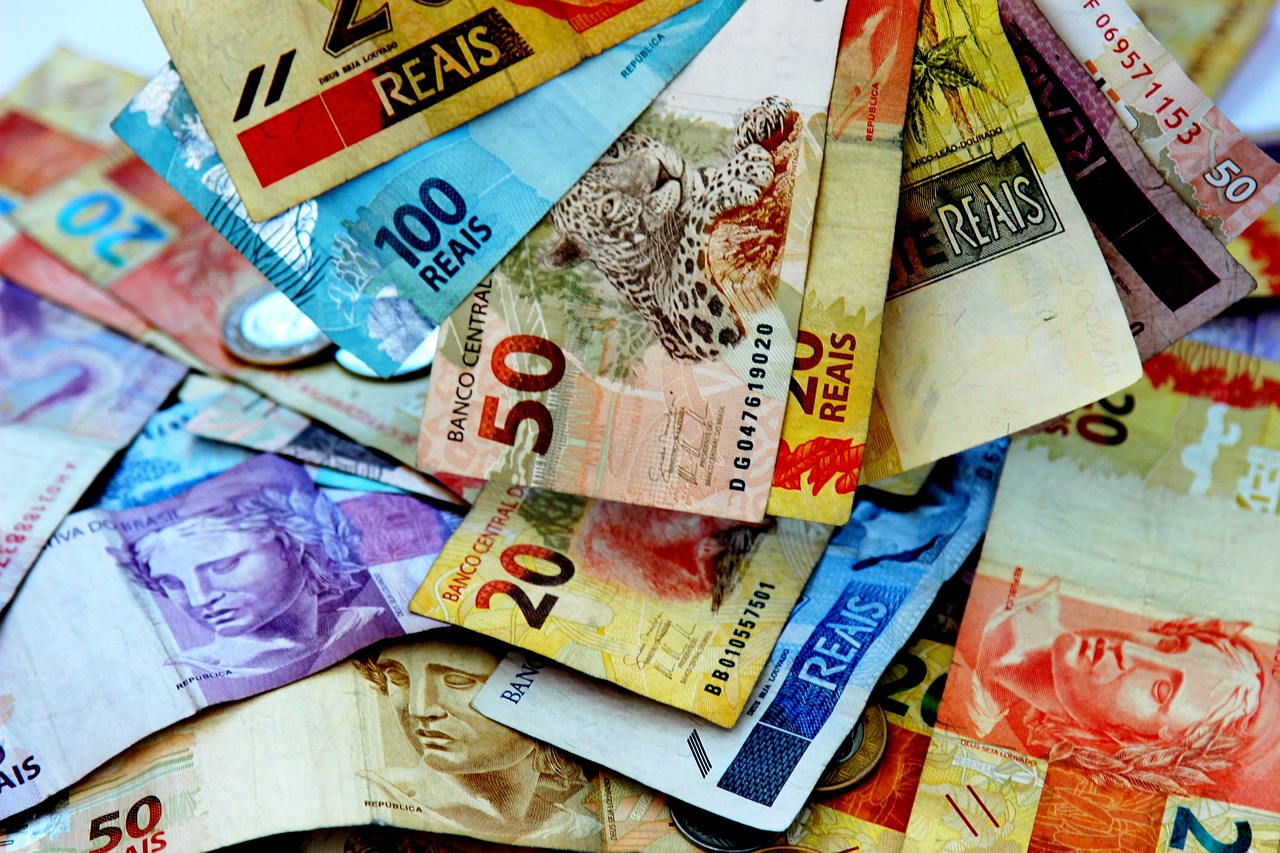Maximizing Your International Transfers: Tracking, Maximums, Fees & More
GPT_Global - 2023-07-04 03:30:01.0 441
How can I keep track of my international transfers?
International money transfers can often be confusing and complicated, but keeping track of them doesn't have to be. There are several ways to make sure your international transfers are successful.
First, you should choose a reliable, reputable remittance service that is experienced and knowledgeable about transferring money overseas. They can provide you with the necessary information to ensure a smooth process. Additionally, they will be able to offer helpful tips and advice on which services are best for a specific situation.
Second, create an account with a currency exchange broker who can help you manage the rate and terms of each international transfer. This is important to ensure that you get the best rate possible. They can also provide you with up-to-date information on foreign exchange rates and trends, which can help you make more informed decisions.
Third, use online tracking tools such as bank accounts and mobile applications. These tools can give you detailed information on the progress of your transfer, including its status, the estimated delivery time, and additional fees. This will help you monitor your international transfers and make adjustments as needed.
Finally, contact your remittance provider regularly to ensure everything is going as planned. They can provide notifications when funds have been sent or received, and answer any questions or doubts you may have about your transfer. This is an essential step in keeping track of your international transfers.
By following these simple steps, you can make sure your international money transfers are secure and successful. With the right remittance provider and online tracking tools, you'll be able to keep close tabs on your international transfers and always know where your money is going.

What is the maximum amount allowed for international transfers?
International transfers have always been important for remittance businesses due to the ever-growing need for convenient and secure remittance services. However, it is not easy to make sure that all international transfers are safe and within the confines of the law.
The maximum amount allowed for international transfers is determined by individual countries’ regulations, as well as the banking systems in place. Each country has its own unique restrictions on international money transfers. In most cases, the amount of money that can be transferred must not exceed the country's foreign exchange control regulations. As such, before making an international transfer, individuals should check with their local remittance business to find out the maximum limit.
For additional security, many remittance businesses have implemented a maximum daily limit for international transfers. This limit is usually based on the risk profile of each transfer as well as other factors such as country risk, political risk, and size of the transfer. By setting a daily maximum, remittance businesses help to reduce overall risk and ensure that all international transfers are safe and compliant with the laws of the countries involved.
International transfers are important for the remittance industry, but the maximum amount allowed for international transfers must be respected. Understanding the regulations and limits associated with each country and remaining aware of the daily limit set by a remittance business is the best way for customers to ensure that they are making safe and compliant transfers.
What is the minimum amount required for international transfers?
International remittance is the transferring of money from one country to another. When looking to make an international transfer, there are a few things you should consider, like the cost and the minimum amount required.
The minimum amount required for an international transfer largely depends on the remittance service you decide to use. Many services require a minimum amount to be transferred in order to make a transaction. This is usually between $20 to $50, depending on the provider.
The cost of the international transfer is also determined by the provider you choose. Most services will charge a fee which includes both their service fee and the currency exchange rate of that day. Some services may offer lower transfer fees, so it is important to shop around and compare providers before transferring money.
In general, the minimum amount required for the transfer is typically low, between $20 and $50. The total cost of the transfer will depend on the provider you choose. Shopping around and comparing services can help to ensure you get the best deal when sending money internationally.
Are there any restrictions on the types of currencies used for international transfers?
International remittance businesses are commonly used for transferring money abroad. However, there are certain restrictions when it comes to the types of currencies used for international transfers.
In general, many types of currencies may be accepted depending on the remittance service provider. These may include major currencies such as the US Dollar, Euro and British Pound, as well as local currencies like the Japanese Yen and Hong Kong Dollar.
Some restrictions may apply if the transfers are done through banks or if you use the services of a currency exchange company. For example, bank transfers may not be available on some currencies and exchange companies may charge additional fees for exchanging from certain currencies.
Limitations may also apply if a foreign exchange rate offered by a remittance company is not competitive with the rate offered by other companies. Therefore, it is important to compare rates before selecting a company for your international transfer.
When selecting a remittance business for international transfers, it is important to consider the restrictions that may arise from the type of currency you are using. Make sure to check the exchange rate offered by different remittance service providers to ensure that you can make the most cost-effective international transfer.
What are the fees associated with international transfers?
.International fund transfers are used by businesses, individuals and organisations for a variety of reasons, from paying overseas employees to sending money to family members in other countries.
It is important for businesses and individuals to understand the fees associated with international fund transfers to ensure they don’t get charged hidden fees or suffer poor exchange rates. Here are some common fees when transferring money internationally:
Foreign Exchange Fees: Sending money abroad often requires changing one currency into another. Currency exchange brokers charge a fee for their services, this can range from 2-3% of the transfer amount.
Transfer Fees: Banks and money transfer companies also charge a fee to complete international transfers. This fee can vary significantly between providers, and it is best to compare exchange rates and fees before selecting your provider.
Additional Fees: You may also encounter additional one-off fees such as a ‘processing fee’ or ‘payment handling fee’. These fees will depend on the institution you are using. It is important to check for any additional fees when making an international transfer.
These are some of the fees that might be included in an international money transfer. It is important to consider all costs and fees when making an international transfer, to ensure you get the best deal and avoid any unexpected fees.
About Panda Remit
Panda Remit is committed to providing global users with more convenient, safe, reliable, and affordable online cross-border remittance services。
International remittance services from more than 30 countries/regions around the world are now available: including Japan, Hong Kong, Europe, the United States, Australia, and other markets, and are recognized and trusted by millions of users around the world.
Visit Panda Remit Official Website or Download PandaRemit App, to learn more about remittance info.



